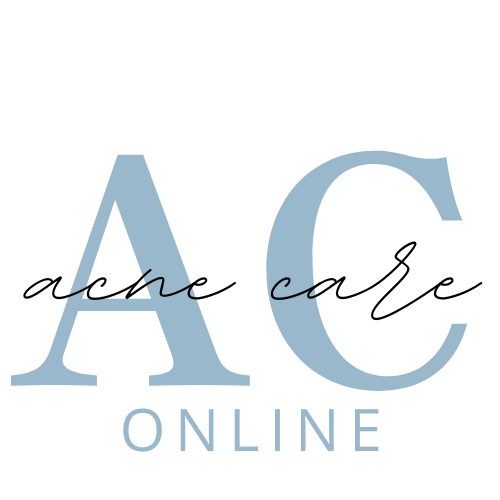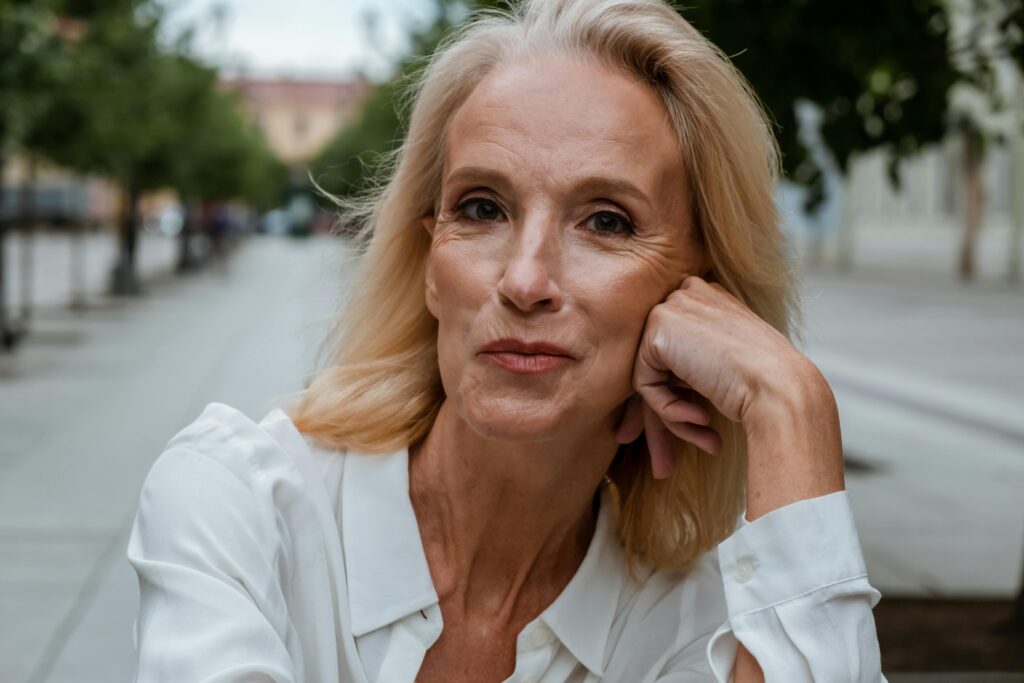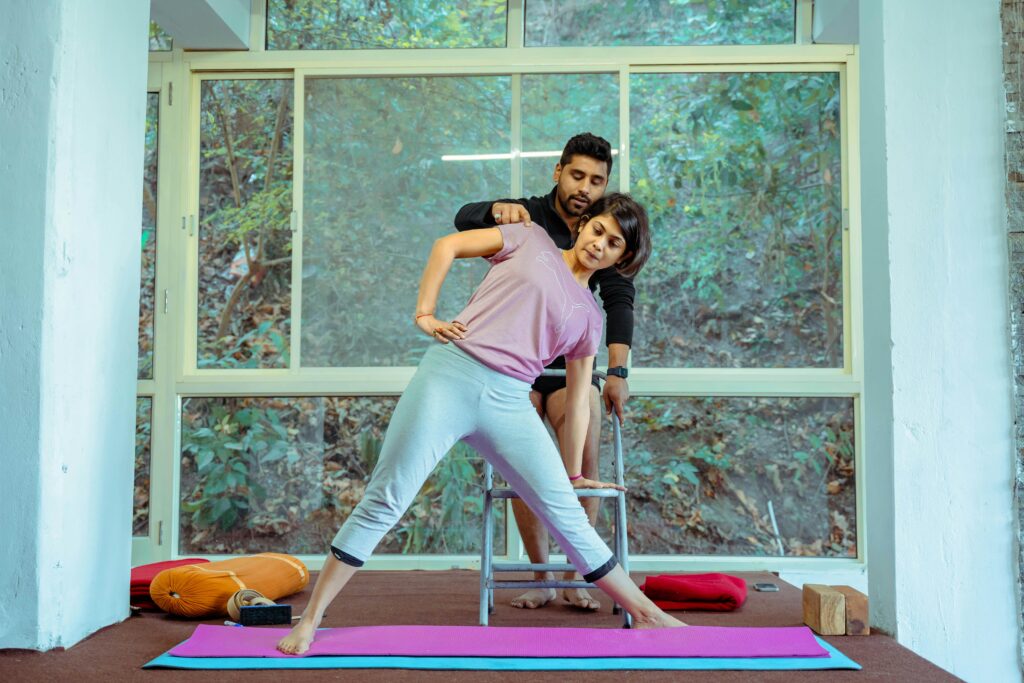Things You Didn’t Know About Types Of Pimples On Face

Acne is a widespread skin disorder that creates a variety of skin imperfections, each with its unique look and symptoms. It has many forms, including cystic acne, types of pimples on face, bumps, and black and whiteheads. Acne vulgaris affects around 50 million Americans annually, with almost 85% of all teenagers suffering some symptoms.
Acne may manifest itself in various ways, ranging from minor blemishes to large cysts. The following are typical forms of acne blemishes and their often-used terms:
- Nodules
- Cysts
- Papules
- Pustules or pimples
- Blackheads or open comedones
- Closed comedones, also known as whiteheads
Each sort of acne lesion necessitates a unique therapy. The likelihood of long-term skin problems, such as pitting and scarring, may be reduce by timely, appropriate treatment. Moreover, acne blemishes are classified into two types based on whether or not they induce inflammation of the surrounding skin.
Most small acne blemishes may be treat at home with over-the-counter drugs. Individuals with severe or long-term acne, on the other hand, should see a doctor or dermatologist.
Non-inflammatory Acne Types
Noninflammatory acne lesions include blackheads and whiteheads. They’re usually the mildest types of acne and do not cause swelling or pain.
Whiteheads
Closed comedones are the medical word for whiteheads. These are little, flesh-coloured lumps or patches. They generally feature a white, round core encircled by a crimson halo on lighter skin. The surrounding region might seem black or purple-hued on darker skin. Scarring from whiteheads is uncommon. The skin surrounding a whitehead might appear wrinkled or tight whenever it is significant or particularly elevated.
Blackheads
Blackheads, also known as open comedones, are tiny, dark-coloured lumps that seem slightly elevated. The skin around a blackhead typically seems normal, but the blackhead’s core is darker than the surrounding region. This hue is not cause by trapped dirt. Blackheads are merely expand and broadened whiteheads. The contents of a whitehead discolour when exposed to air.
Treatment Options
Noninflammatory acne blemishes may be treat using a variety of over-the-counter (OTC) rinses, creams, toners, gels, and moisturizers. They frequently include a combination of active substances. The following chemicals in over-the-counter remedies may aid in the breakdown of blackheads and whiteheads:
- Adapalene
- Azelaic acid
- Salicylic acid
- Benzoyl peroxide
Various home treatments and lifestyle adjustments may also assist in lessening the majority of minor-to-mild cases of noninflammatory acne. These are some examples:
- Find out which sunscreen is best for sensitive and acne-prone skin.
- When going outside, always use sunscreen.
- Restricting solar exposure
- Preventing over-washing or skin irritation
- Using non-abrasive cleaning agents
- Twice a day, wash with soap and lukewarm water
- Keeping hydrated
Acne sufferers must avoid irritating or popping their types of pimples on face. This might result in consequences, including scarring and the growth of nodules and cysts.
Inflammatory Acne Types
A person suffering from severe acne might have inflammatory pimples on their back, chest, and face. Inflammatory acne is more potent than noninflammatory acne and may result in problems, including scarring and pitting. Inflammatory acne may range from small types of pimples on face responding to topical treatments to big cysts needing surgery.
Mild Varieties
- Papules
Pimples are little lumps under the skin’s surface, smaller than 1 centimeter (cm) in diameter. The bumps will seem firm, tender, and elevated. The skin surrounding an abscess is usually irritate as well. Papules, unlike whiteheads, do not have a visible core, and their pores are not enlarge.
- Pustules
Pustules are more prominent, painful lumps with a circular core filled with white or yellowish pus. The region surrounding a pustule on light skin looks red or pink; on darker complexion, it appears deep brown or black. Pustule pus is often a mixture of immune and bacterial cells gathered in the closed orifice. Pustules resemble more giant and more inflammatory whiteheads.
Treatment Options
Papules and pustules may be treate with various home treatments and over-the-counter drugs. These are some examples:
- Twice a day, wash the affected area with cold water and soap.
- Using benzoyl peroxide-containing products to treat bacteria
- Utilizing salicylic acid-containing products to exfoliate dead skin cells and other debris
- Other therapies such as topical dapsone and antibiotics, might be prescribe by a doctor.
Research shows that superficial chemical face peels may be an effective treatment—a reliable source for treating inflammatory acne lesions.
Severe Forms
- Nodules
Nodules are hard, inflammatory lumps that develop deep under the skin. Like bumps, lack a visible head. Nodules are severe acne blemishes that may result in skin issues such as dark patches or scars. Acne lesions form when blocked pores infect and expand under the skin’s surface. Consequently, nodular acne may be more severe than its outward appearance implies.
- Cysts
Cysts are huge, painful red or white tumors deep under the skin. These cysts, unlike nodules, are fill with pus and are usually soft to the touch. The most severe sort of acne lesion is a cyst. In extreme circumstances, surgery may be require to treat the patient. Cysts may cause noticeable scarring if not treated appropriately.
Treatment Options
Individuals are frequently unable to cure severe inflammatory blemishes at home. These lesions need the attention of a dermatologist or a doctor. A doctor might prescribe a combination of drugs and surgeries to treat nodules and cysts. These might include:
- Medications include amoxicillin and doxycycline.
- Oral contraceptives for acne caused by hormones
- Isotretinoin and other systemic retinoids
- Injections of steroids
- Antibacterial photodynamic treatment
- Large cysts are removed with surgical drainage and extraction.






